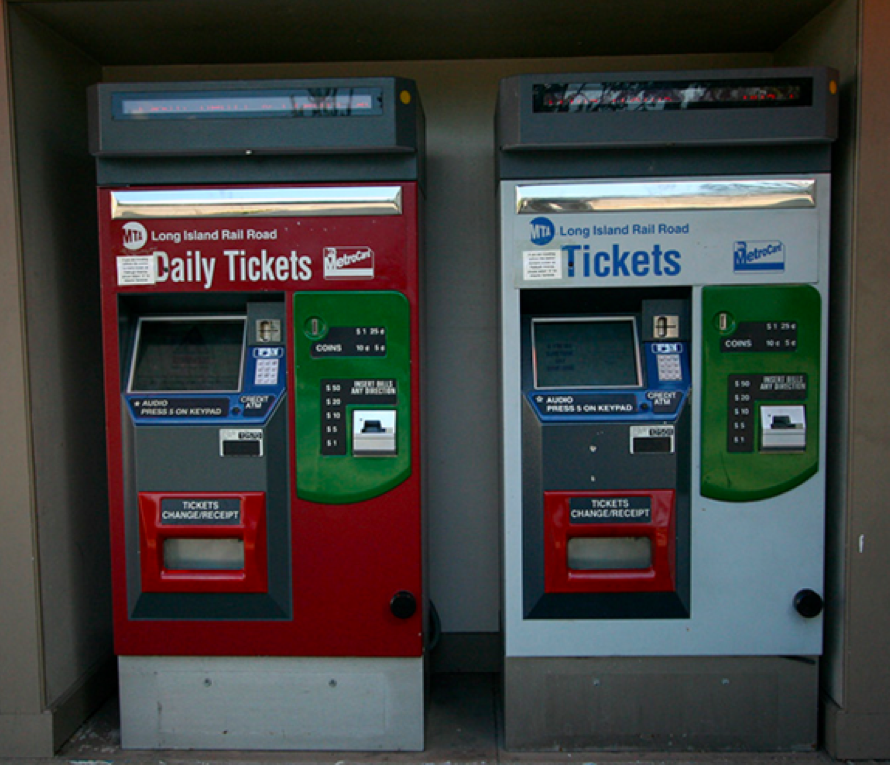Would You Commute On The LIRR Within Brooklyn? BP Adams Hopes So


Would you ride the Long Island Rail Road (LIRR) if there were a discount between Atlantic Avenue, Nostrand Avenue, and East New York?
If so, that is what Brooklyn Borough President Eric Adams, the New York City Transit Riders Council (NYCTRC), and a small army of elected city officials — including Councilmember Laurie Cumbo — is counting on to support his proposal for the Metropolitan Transportation Authority (MTA) to create just such a discounted ticket, dubbed a “Freedom Ticket.”
The idea is for LIRR travel between Brooklyn stations (actually, all New York City LIRR stations, including Jamaica, Penn, and so forth) to be included in the cost of a single MTA subway fare. In a letter to MTA Chairperson Thomas Prendergast, Adams proposes that the Freedom Ticket program be piloted in Brooklyn.
There has been no response from Prendergast or the MTA yet, but MTA statistics show that there are more than 9,300 seats left empty on the average westbound Atlantic Branch LIRR trains during morning peak hours.

As Adams notes, making these trains a viable public transit option for New Yorkers to commute to work and school would simultaneously alleviate subway overcrowding and better utilize existing LIRR services without any additional cost.
“In Brooklyn, the ‘Freedom Ticket’ presents an opportunity to support neighborhood growth and development in East New York,” wrote Adams. “We believe that the ‘Freedom Ticket’ program could be a significant asset in mitigating strain on the existing subway system while also providing residents in the East New York area an affordable option to ride the LIRR to Atlantic Terminal.”
Cumbo and others agreed, noting that as Brooklyn’s population growth shows no sign of slowing, “we must begin to assess our current transportation infrastructure and its ability to meet the increasing public demand [in] a time-efficient and cost-effective way.”




